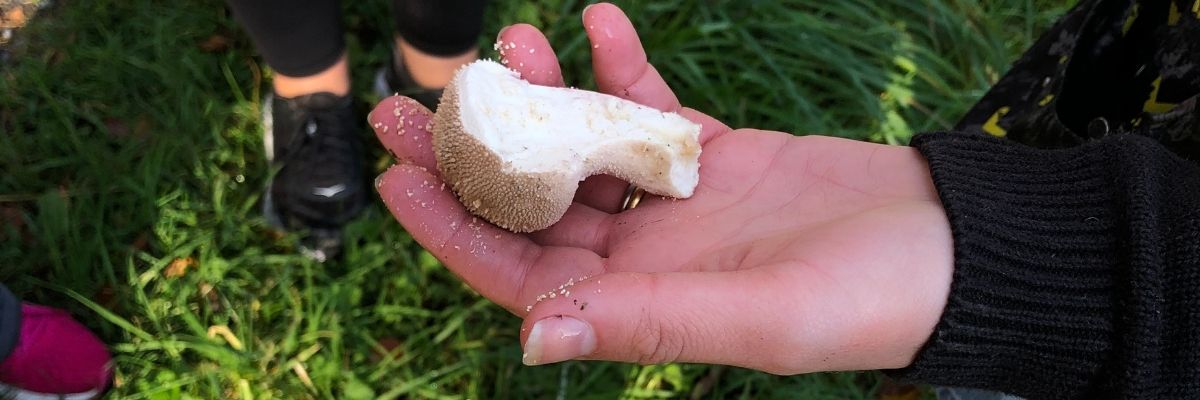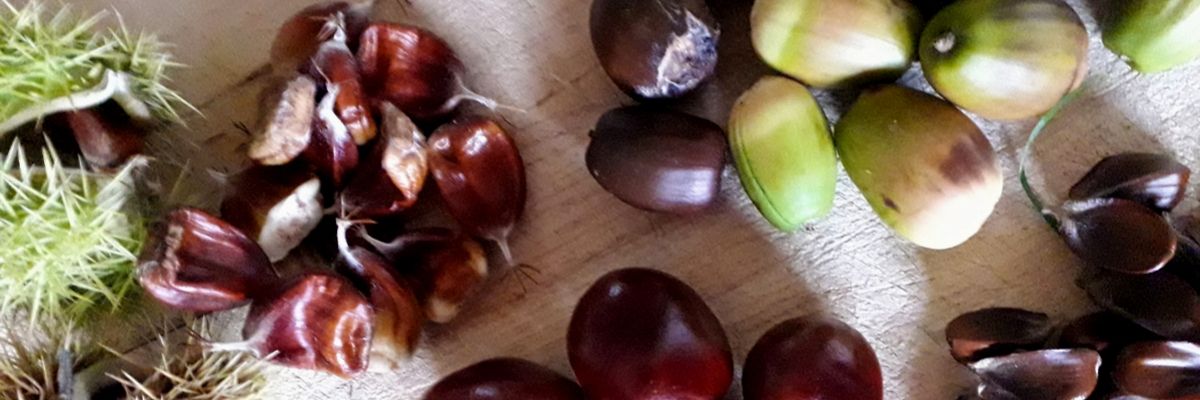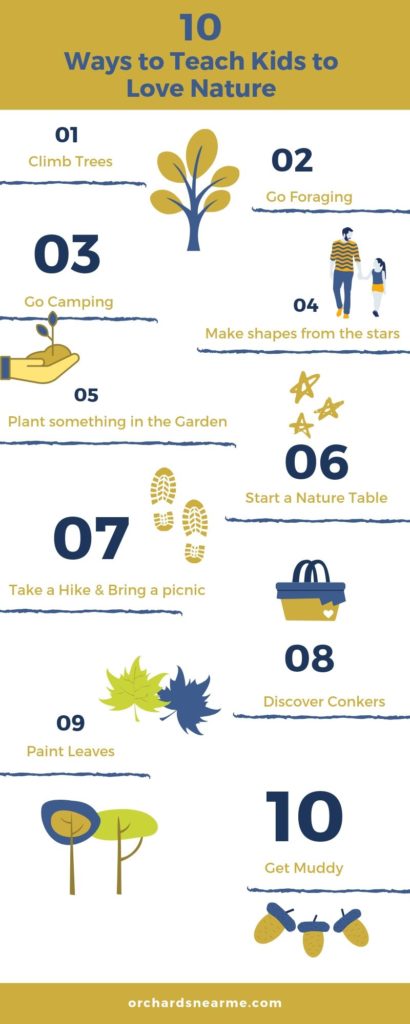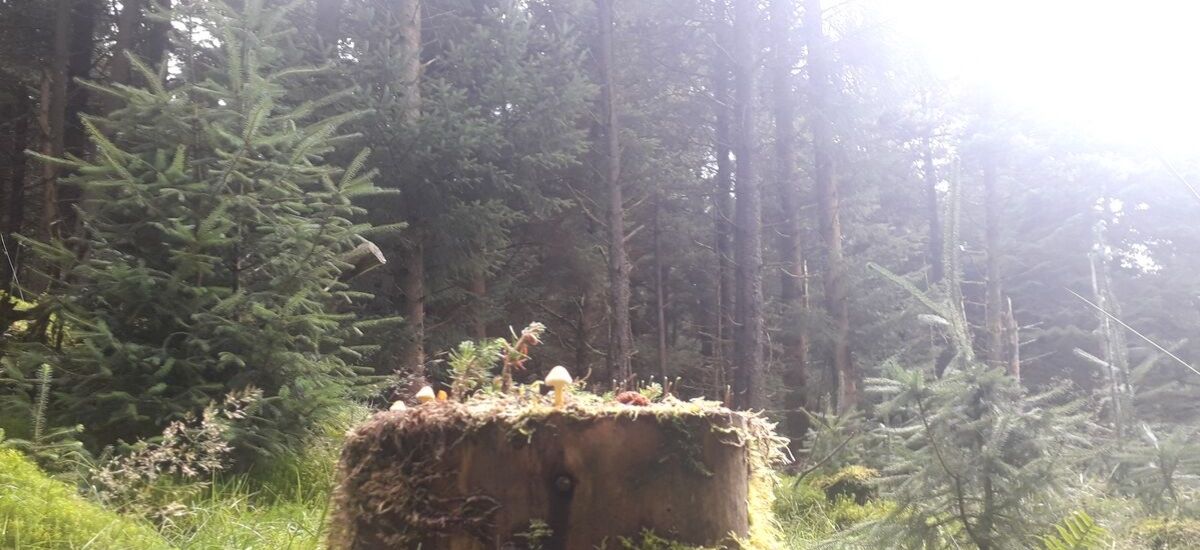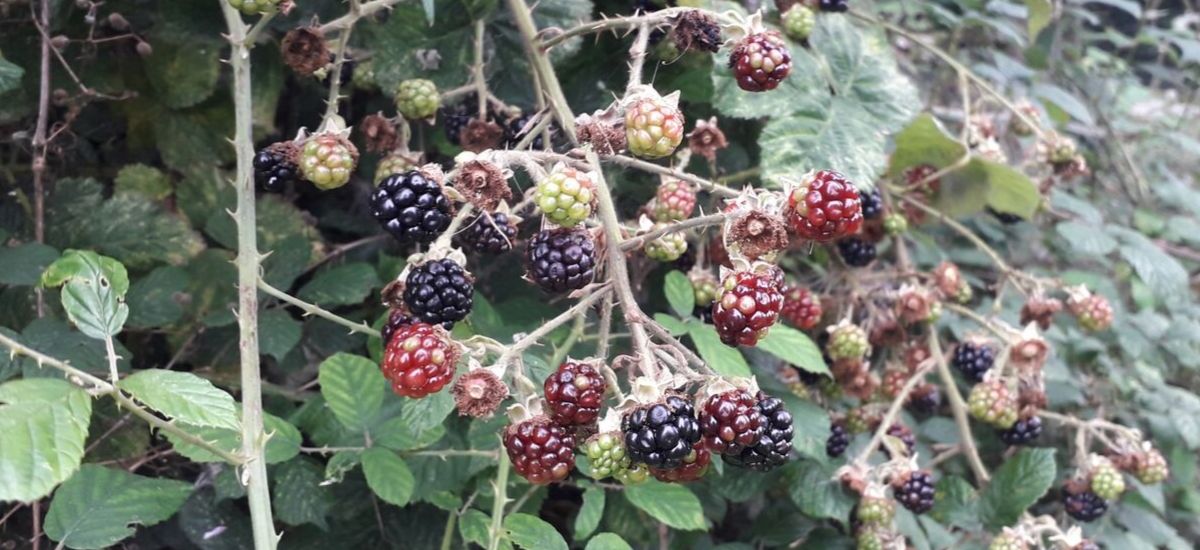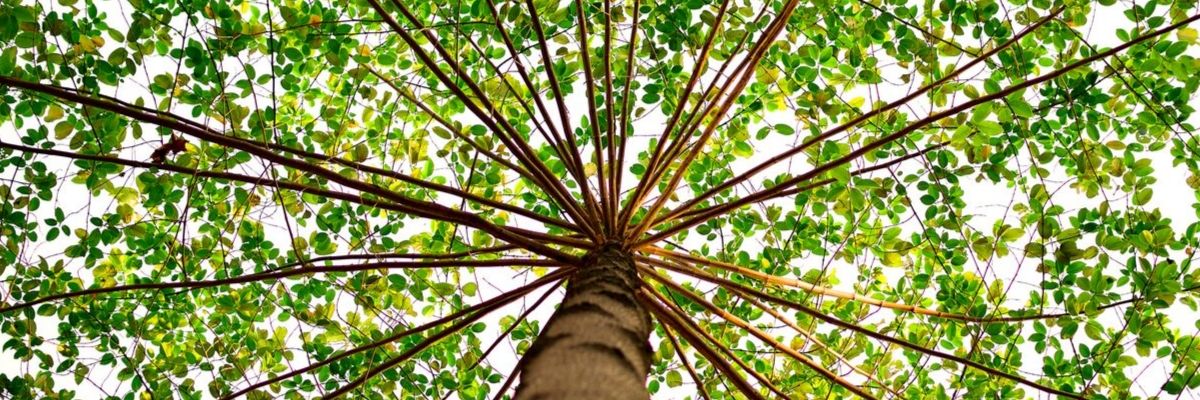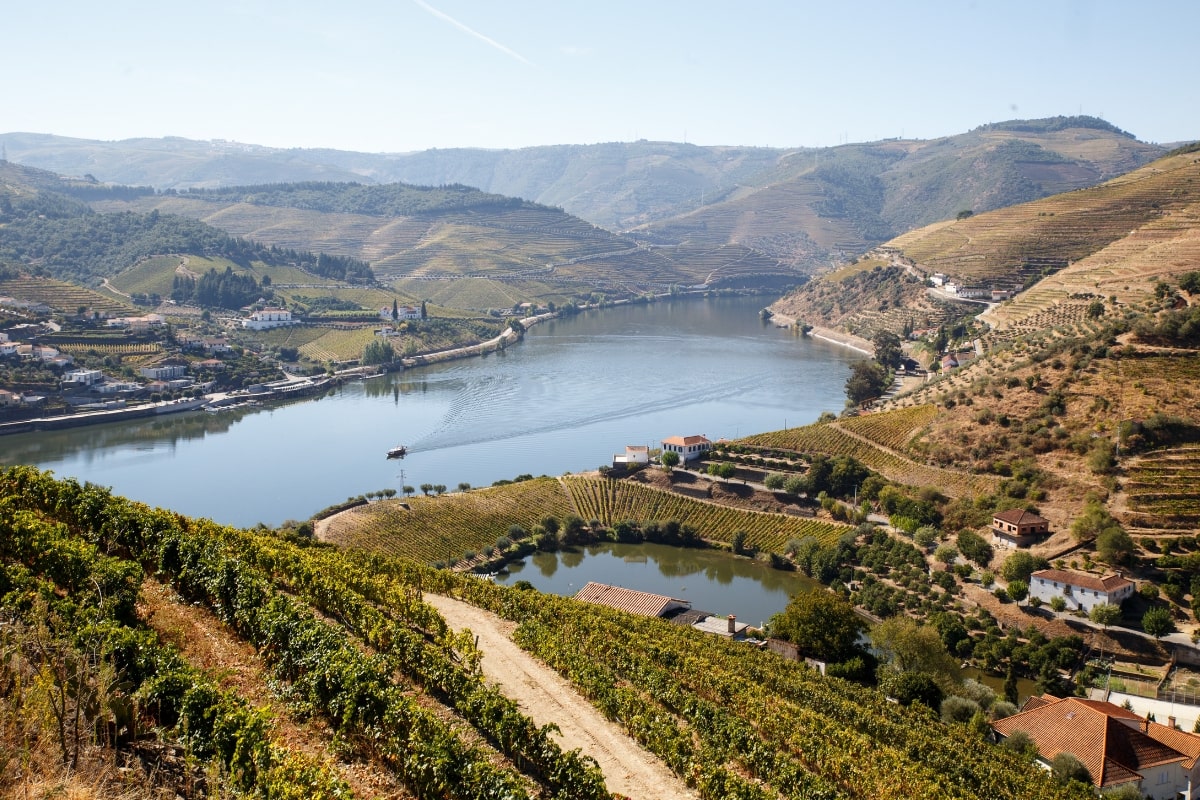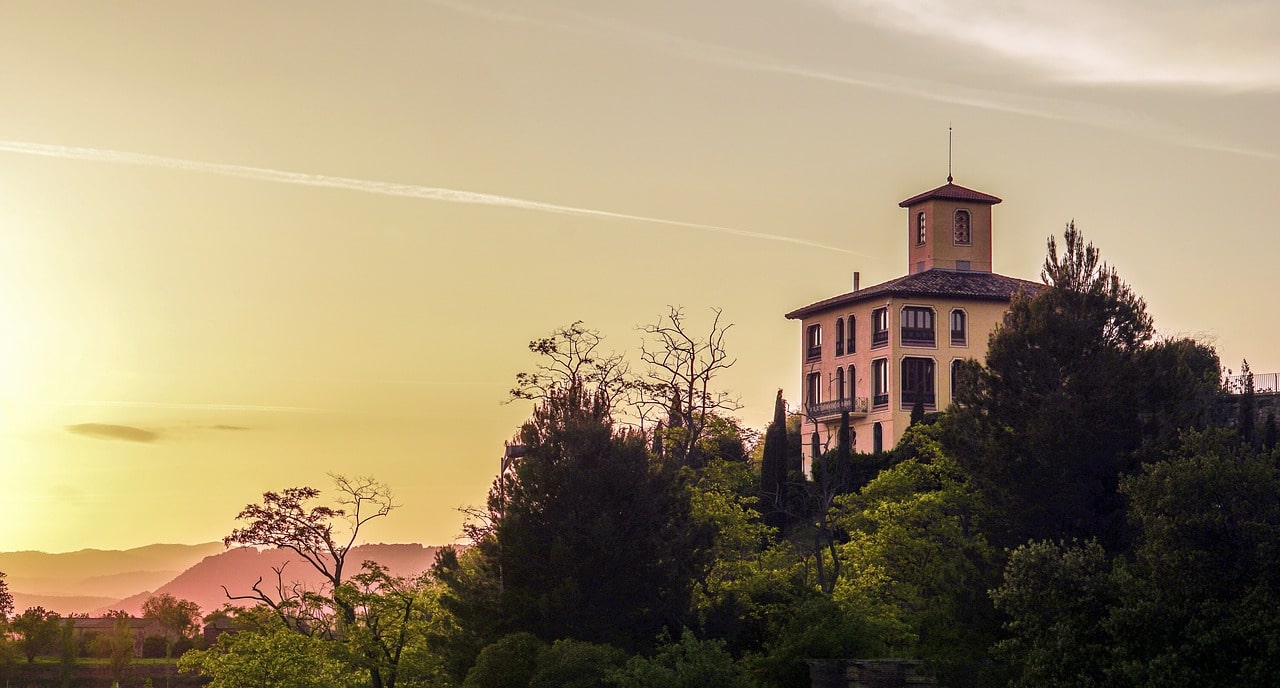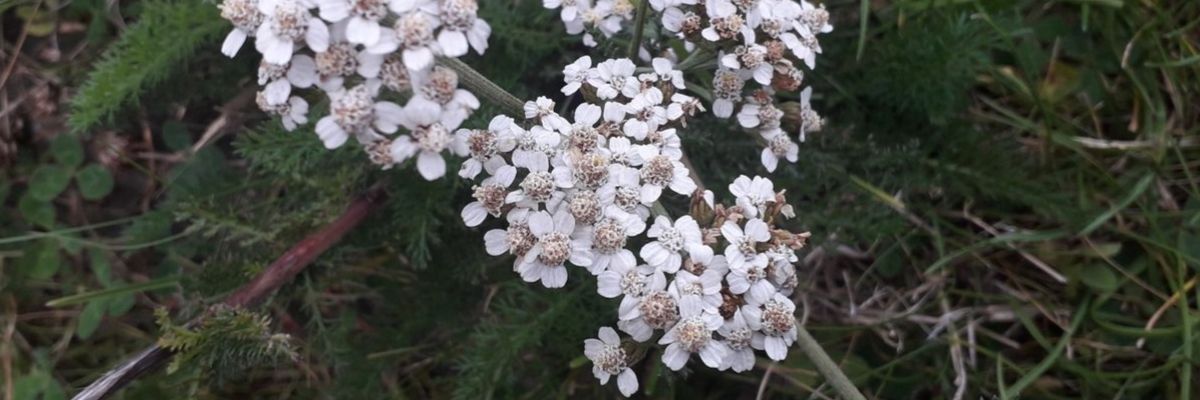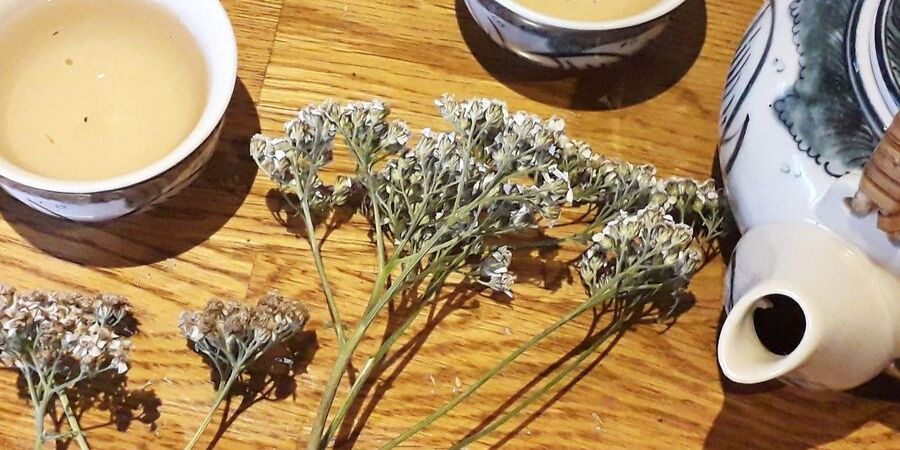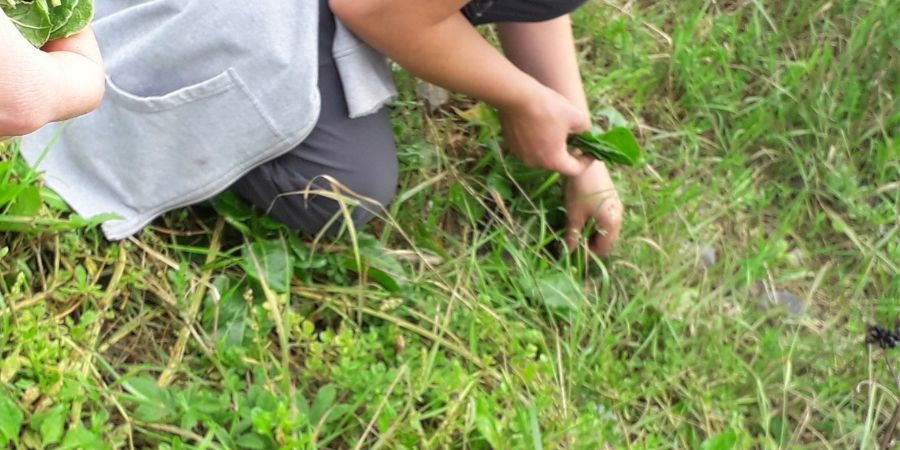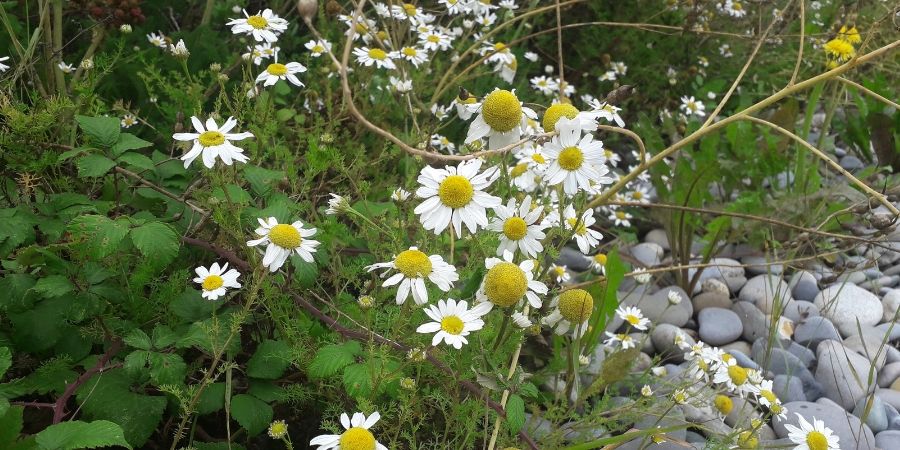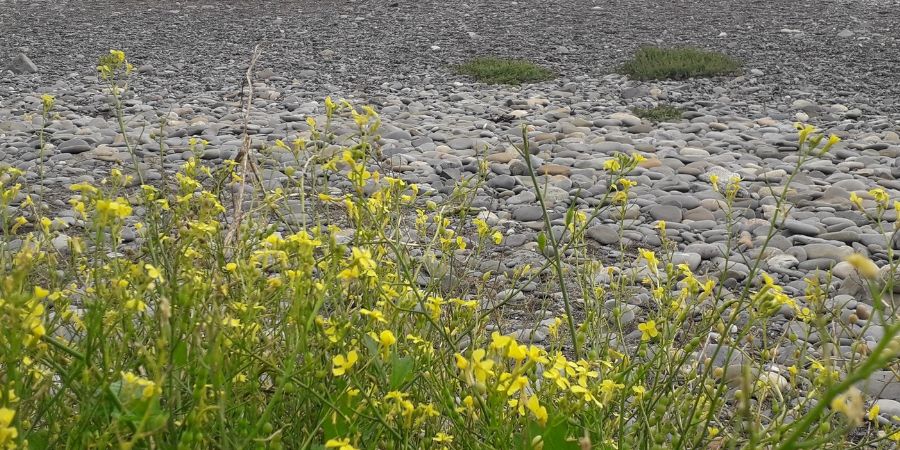Wild Tea Party: Wild Herbal Tea and Recipes
If you are interested in building a long-lasting healthy habit then herbal teas with natural anti-oxidants and health benefits may be just for you. Both hot and cold teas are a refreshing way to relax in the evenings.
Now that the summer is over and we have spent time experimenting with our favourite wild flavours we are ready to share our collection of Wild Herbal Tea recipes with the world.
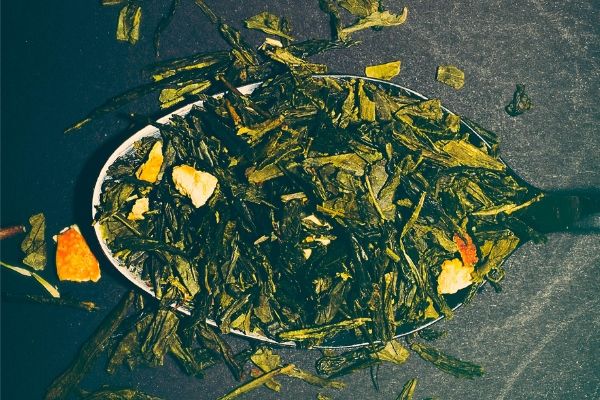
Foragers and herb enthusiasts from around the world will have different ways of using their dried herbs and we are no different. From combining wild herbs with traditional herbs and spices we have come up with our top choices when it comes to foraging for wild teas. You can get a copy of our full Wild Herbal Tea recipe collection including our favourite iced teas and detox juices here.
Here are some easy wild tasty tea recipes to try out at home:
Dandelion Tea
- 1 Cup of freshly picked Dandelion Heads
- 1 Tablespoon of fresh lemon juice
- 1 Teaspoon of Honey
Add all ingredients to water, gently simmer for 15 minutes and bring to a boil!
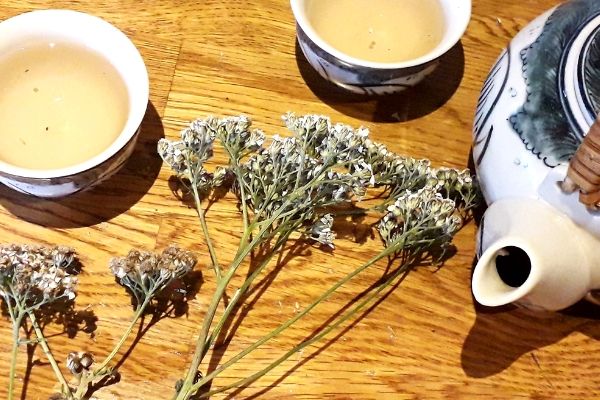
Yarrow Tea
- 1 Cup of Dried Yarrow Flowers
- 1/2 Cup of Dried Raspberry or Blackberry Leaves
As one of our favourite herbs we stock up regularly so if you are looking for Yarrow head over to our Be Wild Store. Add all ingredients to water, gently simmer for 15 minutes and bring to a boil!
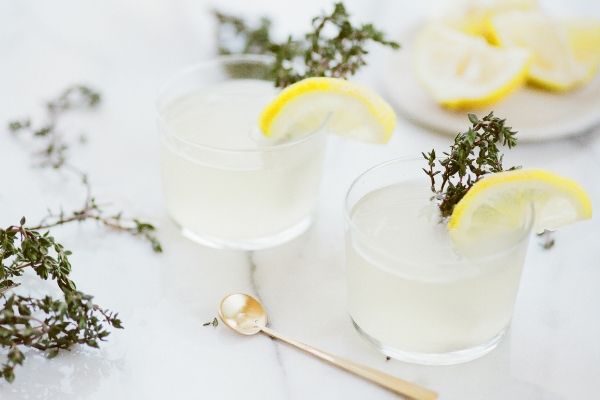
Clover Tea
- 1 Cup of Dried Clover Flowers
- 1/2 Lemon juice
- 1 Teaspoon of Honey
Add all ingredients to water, gently simmer for 15 minutes and bring to a boil!
Infused Pine Needle Tea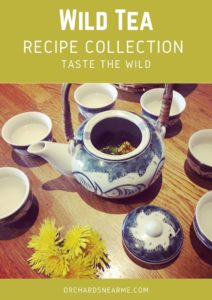
- 1 Cup of chopped up Pine Needles
- 1 squeeze of lemon juice
Add all ingredients to water and gently bring to a boil! For extra flavour you can leave the pine needles in the water overnight and bring to the boil when you are ready the next morning.
For our full collection of recipes visit the Be Wild store and for more information about foraging for wild foods please get in touch with us anytime.



